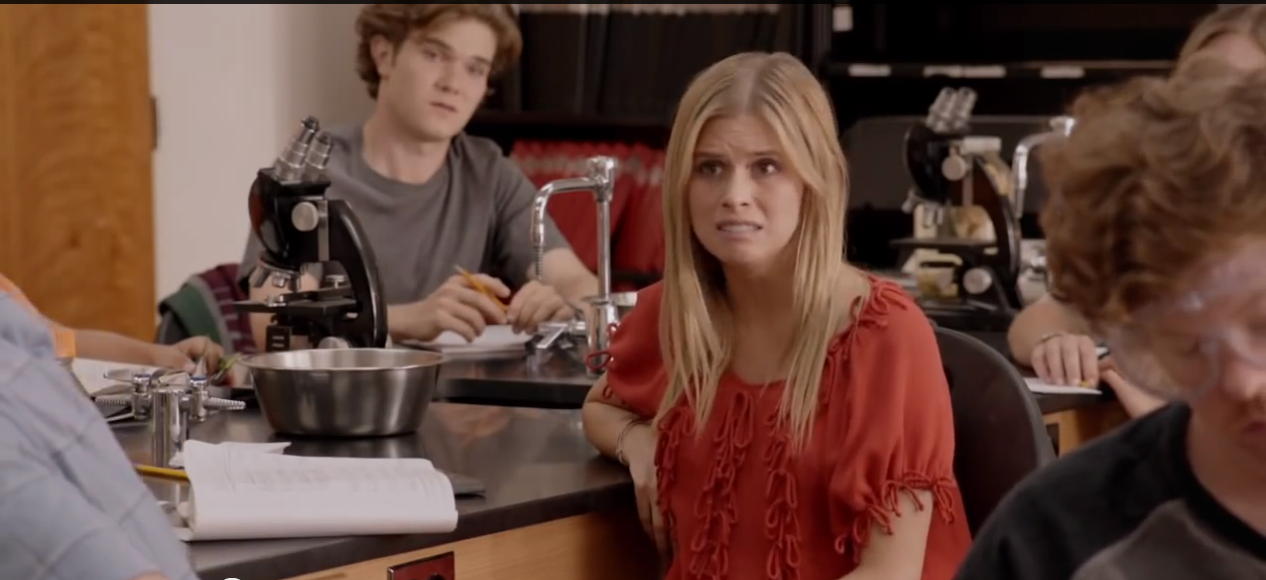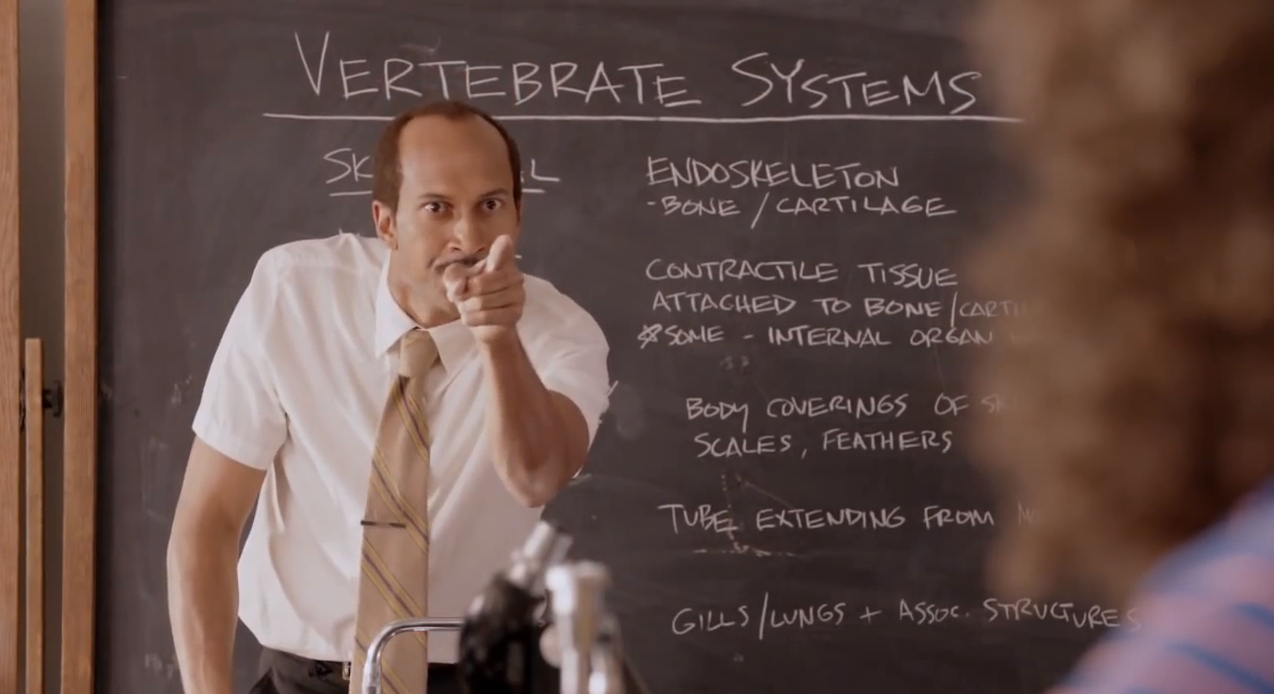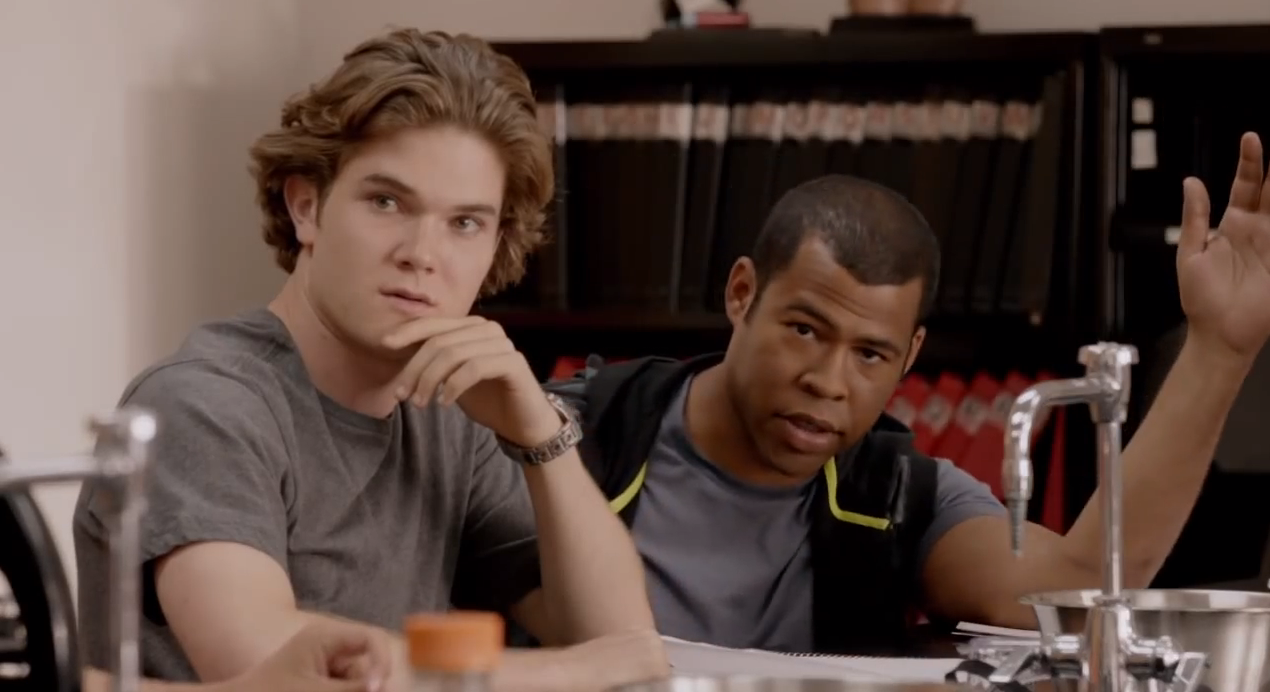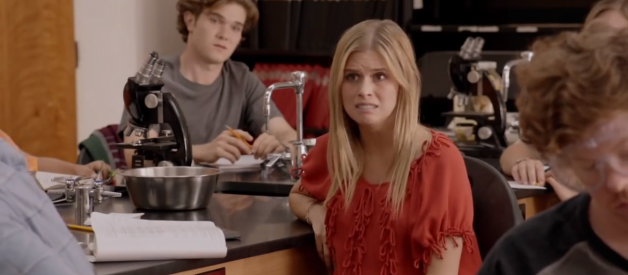A-aron!?
Key & Peele explore education through a biracial lens
It?s safe to say that making the transition from teaching at an impoverished school in the inner city to a middle-class school in the suburbs may not necessarily be as easy as it sounds. Not only do schools in the ?wealthy suburbs? differ from inner city schools in terms of resources available to the students, but they differ greatly in how they function as a whole.
Students who grow up in households where they are taught to read, who are surrounded by educated adults, and who have peers who come from similar households, are more likely to value education than students from an impoverished area of the inner city. Contrary to popular belief, it can be argued that it?s the quality of the students rather than the quality of educators, that effects how a school functions as a whole. For this reason, it?s reasonable to assume that a teacher transitioning from a poor school in the inner city might struggle in adjusting to the ?higher? quality of students at a wealthy school in the suburbs. In the American sketch comedy TV show, Key & Peele, comedians Keegan-Michael Key and Jordan Peele explore the theme of education by pushing racial stereotypes and prejudice to a new (and sometimes uncomfortable) level.
?We?re the racial referees of comedy,? Keegan-Michael Key claimed during a 2014 interview with BET.com. Notorious for incorporating the strangest and slyest approach to racial stereotypes in their stand-up and sketch comedy, Keegan-Michael Key and Jordan Peele explore a new dimension of humor in their Comedy Central Show, Key & Peele. Their comedic work tackles all angles of race by portraying what it?s like to be black, white, both, or neither in a selected community.
In one of their most popular sketches reaching over sixty million views on YouTube, ?Substitute Teacher,? Key and Peele explore the cultural shift between two different dimensions of education by focusing on racial biases. In the sketch, Key plays Mr. Garvey, an inner-city teacher with twenty years of experience who substitutes for the first time in all white classroom full of middle-class students in the suburbs. The humor of the sketch sparks during Mr. Garvey?s call for attendance as he makes the presumption that ?Jacquelyn? is actually pronounced ?Jay-quellen.? To put it plainly, the mood of the classroom enters on a downward spiral from there.

?Uh, do you mean Jacquelyn??
Keegan-Michael Key and Jordan Peele are referred to as, ?the dynamic duo? behind one of Comedy Central?s most successful sketch comedy shows of all time. In a 2013 interview with Fresh Air?s Terry Gross, Peele made the comment, ?I think the reason both of us became actors is because we did a fair amount of code switching growing up, and still do.? Both comics are biracial black men, light-skinned in color, and were each raised by a white mother and a black father in middle-class families. Key and Peele?s similar educational experiences are reflected in many of their sketches as well. ?We both had similar experiences of going to school and having other students be like, ?That?s not your mom?,? states Peele in the 2014 issue of The Hollywood Reporter magazine. Although Peele was raised in a cosmopolitan area with a large amount of racial diversity, Key grew up in an area shaped by black segregation. Emily Nussbaum, TV critic of The New Yorker?s, describes Key and Peele?s biracialism as a ?Golden Ticket to themes rarely explored on Television.? In other words, the biracialism of both comics contribute greatly to their ability to satirize both white and black culture by exploring the way people see the world and they way the world sees them based on the color of their skin.
Do not mess with inner city substitute, Mr. Garvey, or he will ?break his foot off in your ass.? In ?Substitute Teacher,? Mr. Garvey (played by Key) has trouble adjusting to a classroom full of middle-class suburban students as he struggles to correctly pronounce common, white names while taking roll. Although he confidently believes his pronunciations are 100% correct, the students of the classroom don?t seem to agree. Corrections of names from any of the students is seen in Mr. Garvey?s eyes as highly disrespectful and worthy of being scolded. ?Balakay?? Mr. Garvey Asks. ?Where is Balakay at? There?s no Balakay here today??
?My name?s Blake.?
?Are you out of your goddamn mind? Do you wanna go to war Balakay??

?I?m forreal, i?m forreal. So you better check yourself!?

Mr. Garvey goes on to mispronounce Denise as ?De-Nice? and Aaron as ?A-Aron? while threatening to send any student who disrespects him to Principle ?O-Shaq-Hennessy,? as pronounced incorrectly by Mr. Garvey. However, out of all 18 students in the classroom, Mr. Garvey trusts only one. The only student in the class that respects Mr. Garvey?s incorrect pronunciation is a black student sitting at the back of the classroom who responds to Mr. Garvey?s call for ?Tim-o-thy.? It is implied that Tim-o-thy?s character, played by Peele, portrays a student from the inner city due to his similar-sounding mispronunciation of the word, ?present,? during roll call.

?Pre-sent.?
In an attempt to demonize blacks, white Americans often stereotype black names as containing unique spellings and unique pronunciations that carry negative and unintelligent connotations. In ?Substitute Teacher?, Key highlights racial biases by creating a reverse of roles. Rather than portraying a white teacher who is out of touch with Black culture through Key?s character of Mr. Garvey, the skit depicts a black teacher who rejects the correct pronunciation of stereotypical white names such as ?Blake? and ?Denice.? On the surface, Key & Peele?s thought process may seem ridiculous and silly, but ultimately they show how great of an impact racial biases and a disconnect between teachers and students in the classroom can have on performance.
Key and Peel?s sketches based in classroom settings such as, ?Substitute Teacher,? demonstrate the cultural shift between different districts of schooling, and the difficult path that teachers (especially substitutes) are forced to take. Such transitions are arguably hardest for substitute teachers as they may have to shift between those cultures on a daily basis. Through the character of Mr. Garvey and his transition between schooling districts, Keegan-Michael Key and Jordan Peele depict a humorous approach on racial biases within a community. What started off as a simple concept for a skit, evolved into arguably one of the greatest and most talked about sketches in all of comedic history.
Work Cited
?Key and Peele and Classroom Management.? Education Week. Accessed February 7, 2015. http://blogs.edweek.org/edweek/rulesforengagement/2013/09/key_and_peele_and_classroom_management.h
?Key & Peele ? Substitute Teacher.? YouTube. Accessed February 7, 2015. https://www.youtube.com/watch?v=Dd7FixvoKBw.
??Key & Peele?: The Color of Funny.? In America RSS. Accessed February 9, 2015. http://inamerica.blogs.cnn.com/2012/02/24/key-peele-the-color-of-funny/.
?PRESS TOUR: ?Key & Peele? Is Sketch Comedy Done Right.? Community Voices from the Pittsburgh Post-Gazette. Accessed February 7, 2015. http://communityvoices.post-gazette.com/arts-entertainment-living/tuned-in/31544-press-tour-key-a-peele-is-sketch-comedy-done-right.


